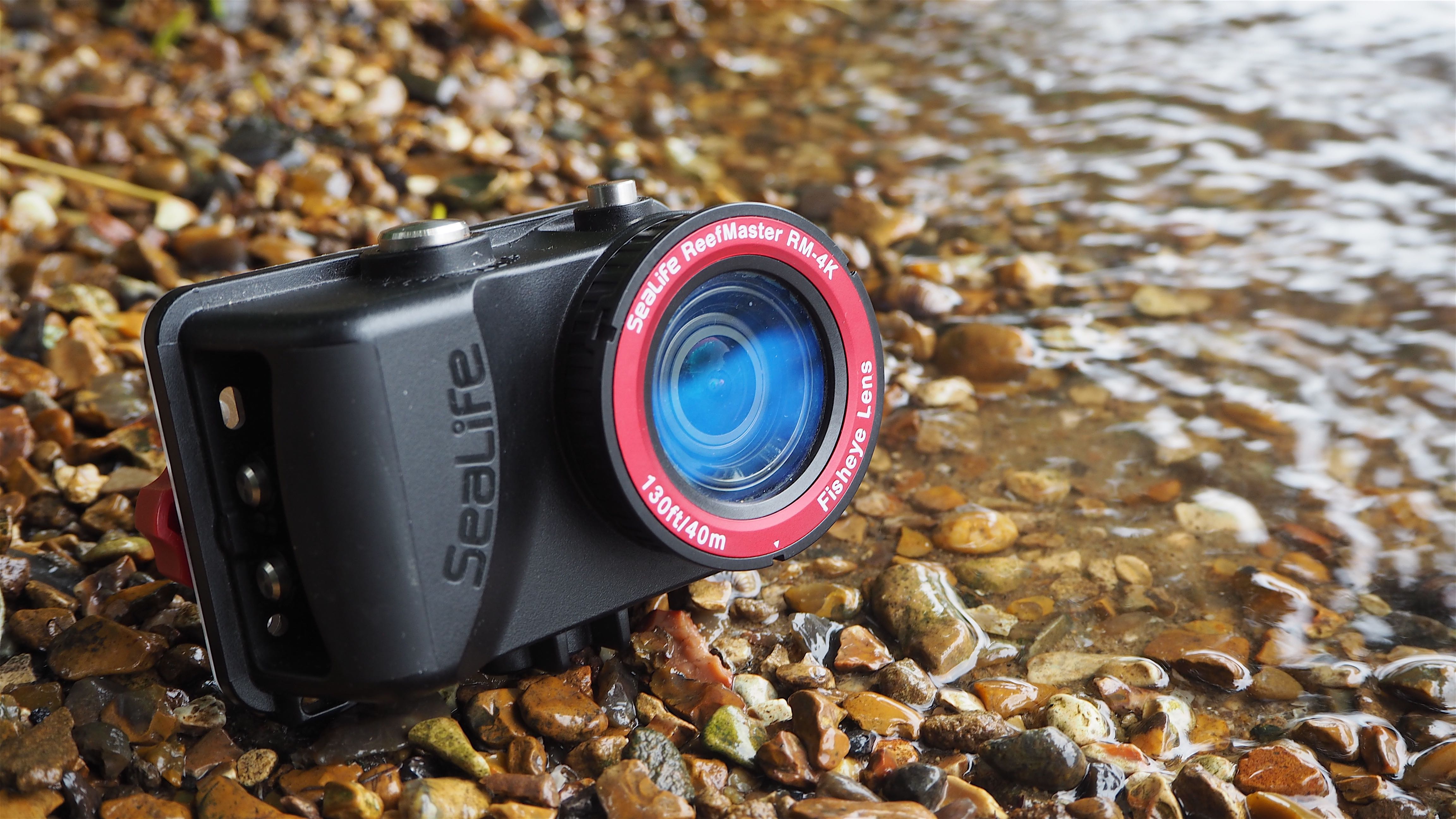
SeaLife ReefMaster RM-4K: one-minute review
For taking photos underwater, or at the beach or in other situations where your camera could get wet, a dedicated waterproof and toughened compact camera has typically been the preferred solution, at least for consumers. Pro photographers and videographers who own a DSLR or mirrorless camera will alternatively look for specialist underwater housing for their camera, and these tend to be both bulky and pricey.
Falling somewhere in between these options is the small yet outwardly robust SeaLife ReefMaster RM-4K. At its core is a tiny, rectangular GoPro-like digital camera that’s no bigger than a matchbox, which, if used standalone, is not waterproof – though you can use it on land. To use the camera in water you have to secure it inside the provided rubber-sealed, screw-fastened plastic housing. The tiny camera-operation buttons are mirrored on the outer casing with much larger ones, which when pressed essentially operate the smaller buttons within.
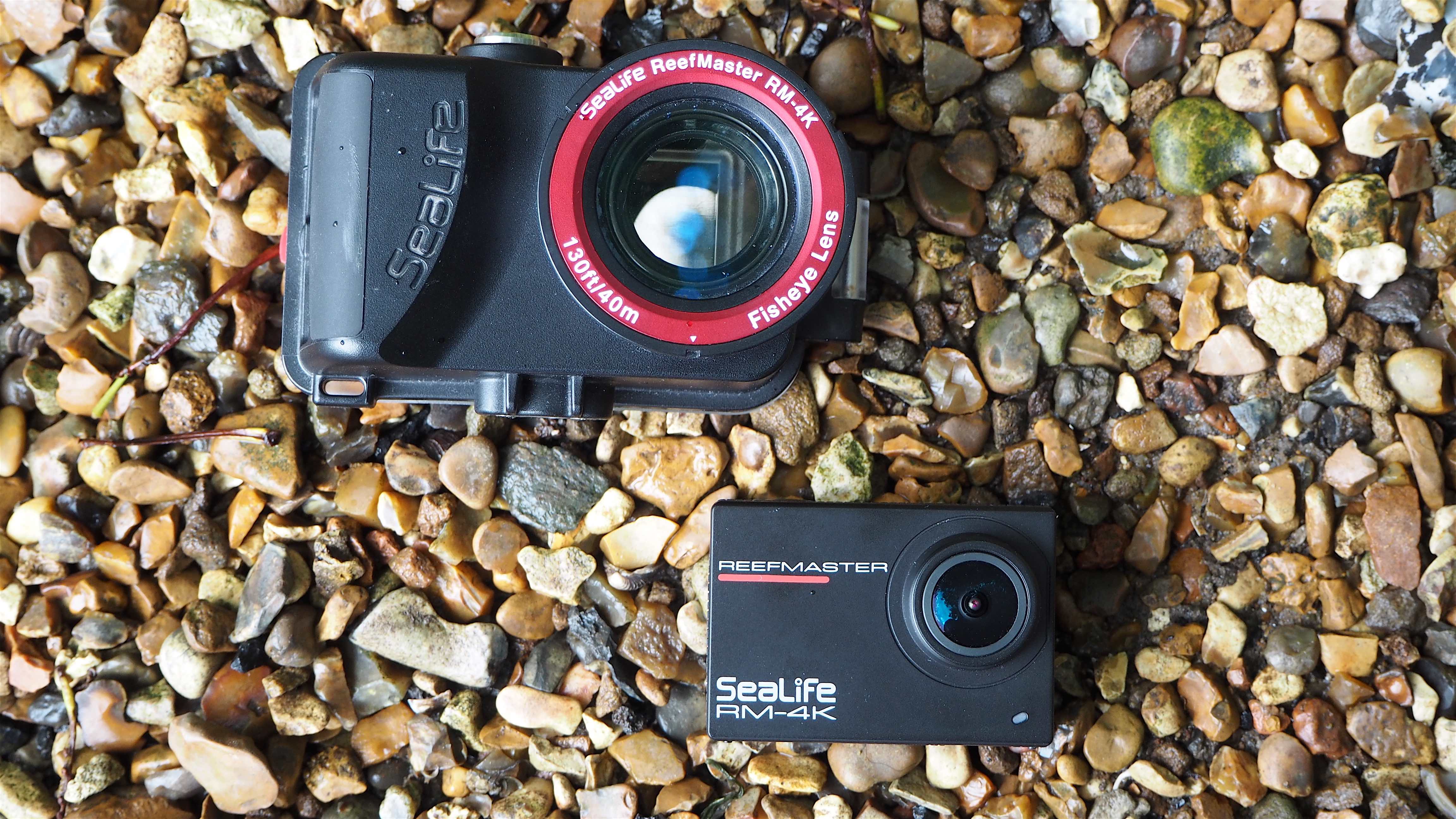
While this doesn’t make for the fastest or most responsive of setups, it works. The camera’s 140-degree fisheye lens enables the capture of up to 14MP stills and 4K video, and the combo is conveniently portable and amazingly lightweight at just 7oz / 200g. The price is comparable to that of a toughened, waterproofed point-and-shoot camera. While this is very much a specific tool for a specific job, you might also want to check out the SeaLife Micro 3.0, which in my opinion this is a slightly neater solution, in that it doesn’t require an external housing for the camera.
SeaLife ReefMaster RM-4K: price and availability
The SeaLife ReefMaster RM-4K is available to buy now, priced at $349.95 / £349.99 / AU$599 – so US buyers are getting a better deal than their British counterparts.
Though the palm-sized camera plus underwater housing combination may appear a little toy-like, its price suggests this is a direct competitor to the all-in-one toughened and waterproofed cameras that are available from the likes of Ricoh, Nikon and Fujifilm, which don’t require a separate waterproof housing.
The waterproof rating of those compact competitors varies from model to model, and some are more ‘jack-of-all-trades’ devices than dedicated underwater cameras. That being said, if they get covered in sand they can be simply rinsed clean under a tap, as can the housing of the SeaLife ReefMaster RM-4K; however, the camera element needs to stay protected at all times.
Viewed standalone, the SeaLife ReefMaster RM-4K may appear pricey for a matchbox-sized camera with a plastic-y outer housing, but its price is in part justified by its ability to capture 14MP stills and 4K resolution video down to depths of 40 meters. This allows you to capture underwater images and footage in situations where you wouldn’t dare to take your precious DSLR or mirrorless camera.
SeaLife ReefMaster RM-4K: design
The SeaLife ReefMaster RM-4K comprises a tiny matchbox-sized camera unit that forms the ‘brains’ of the setup, while the rugged plastic outer housing with oversized buttons provides the brawn.
Once you’ve placed the camera inside the cavity of the housing, you need to screw the unit tightly shut using a red plastic cog to make it waterproof. You’ll need to remove the camera from its housing to recharge its built-in battery via the supplied USB cable, or to insert or remove the microSD card. Slots for the memory card plus USB and HDMI ports are hidden under a plastic flap on one side of the camera, while two lozenge-shaped buttons on the opposite side are provided for tabbing through on-screen menu options. So far so intuitive.
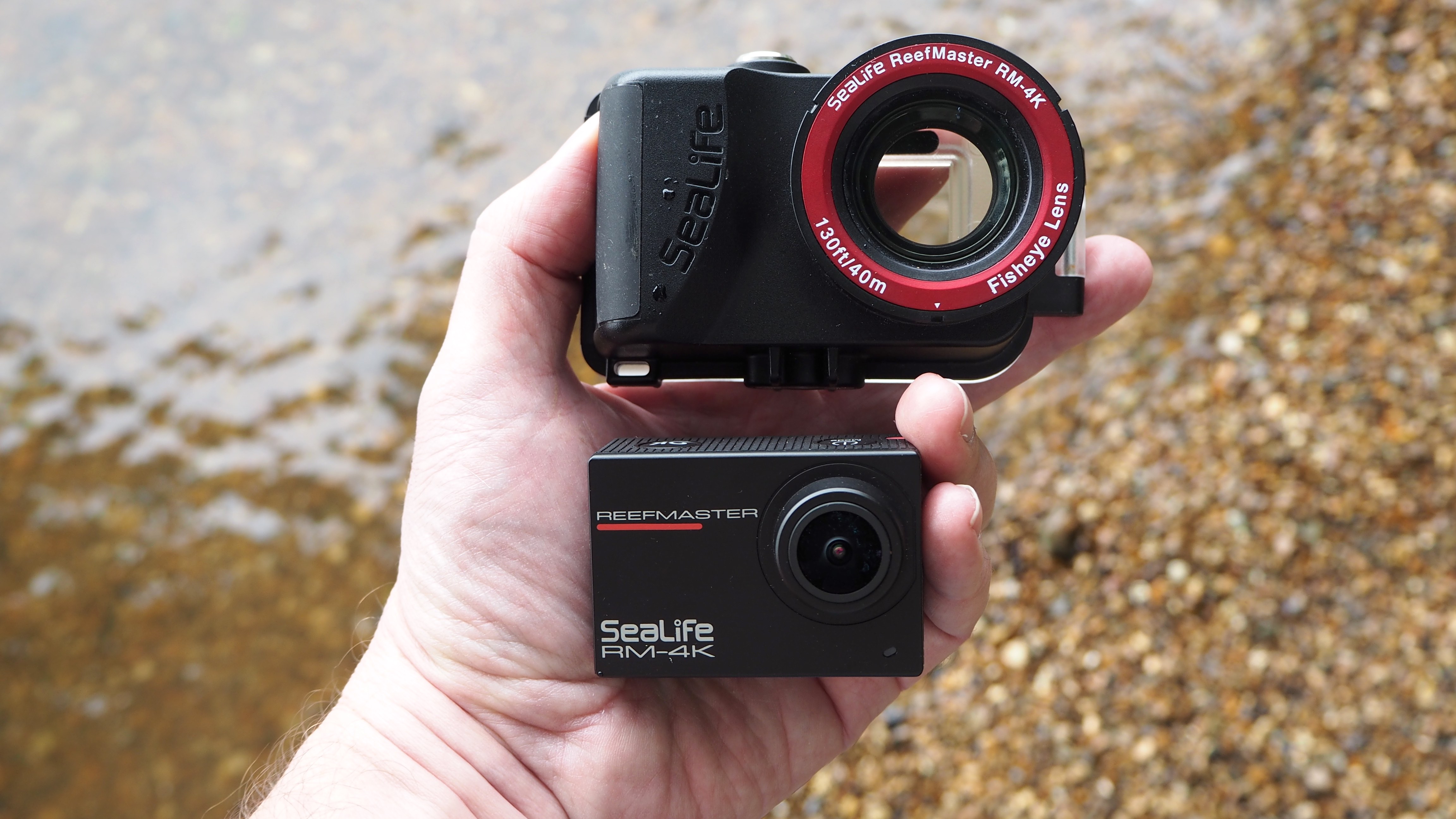
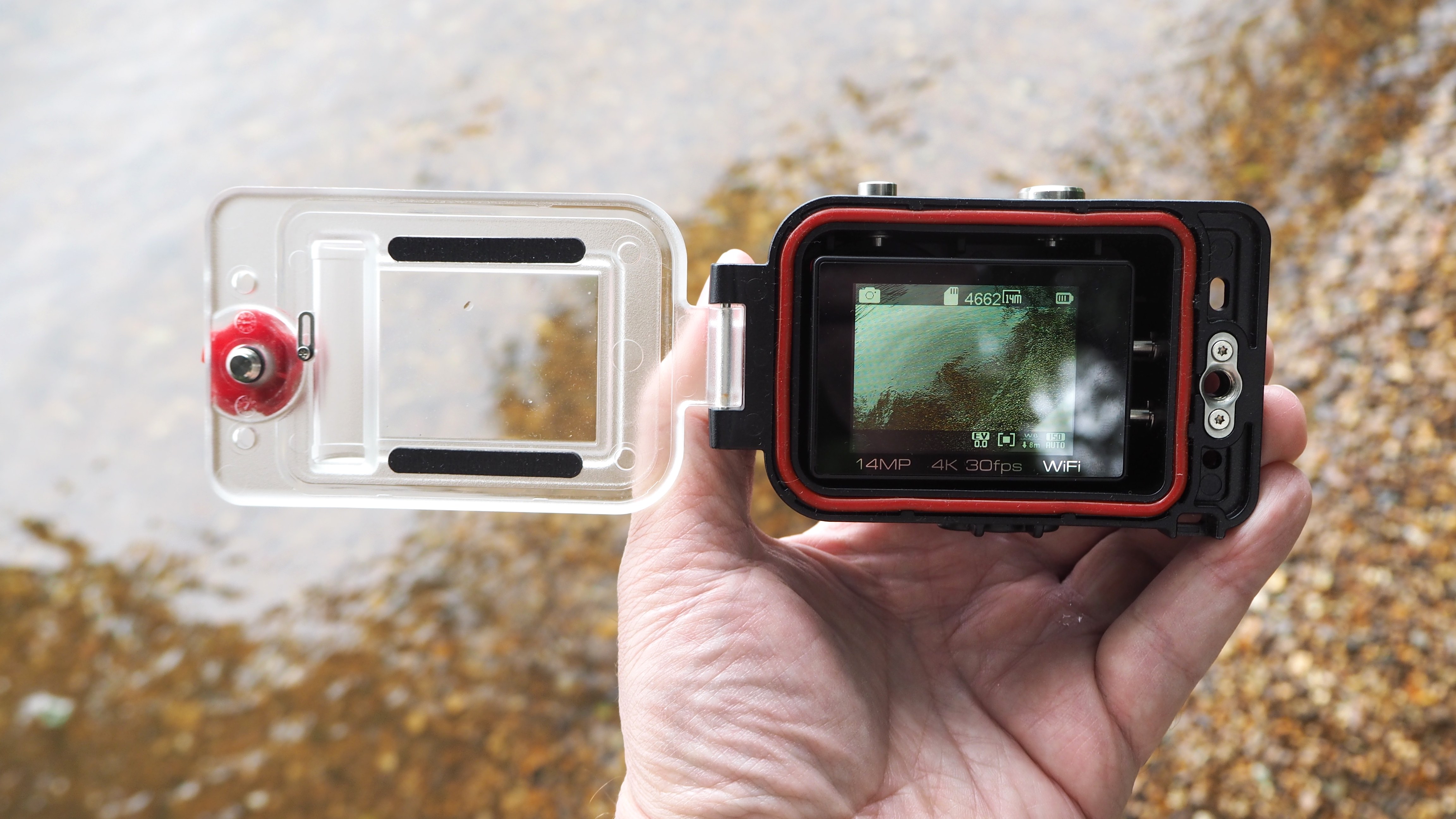
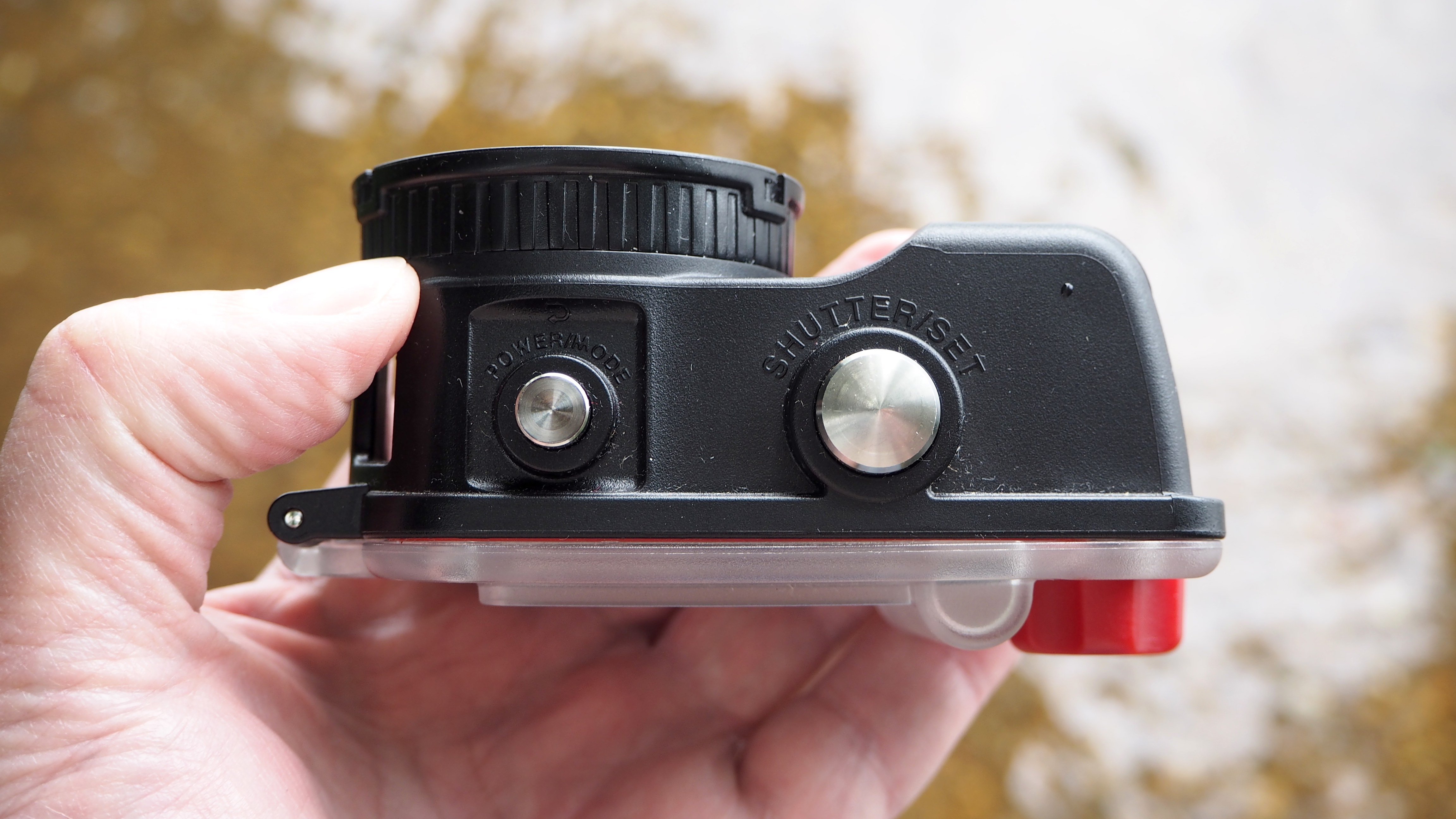
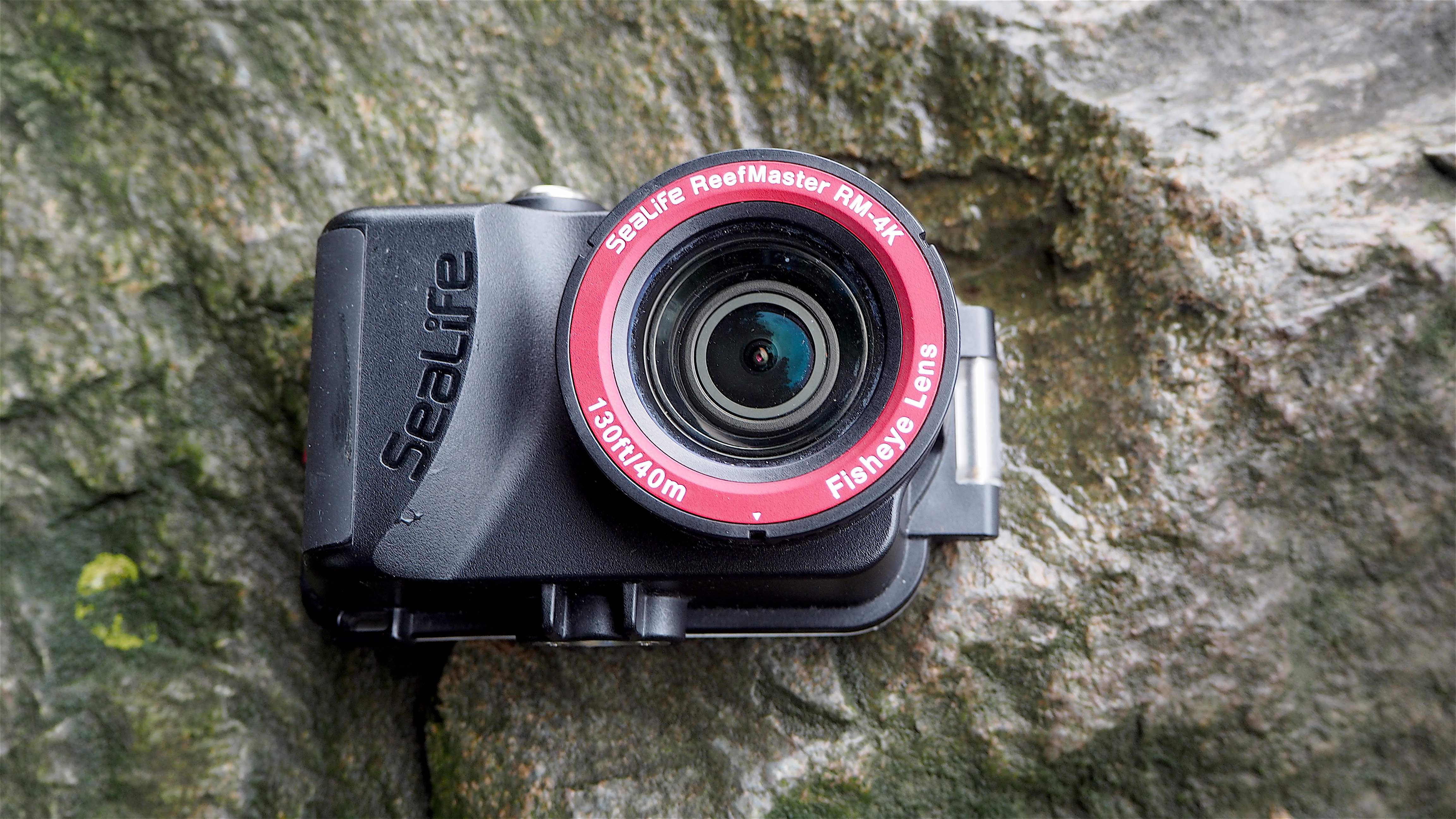
Because the camera’s LCD screen is a tiny two inches in size, menu icons are necessarily large and obvious. The mode button that also doubles as the power on/off button brings up a brief array of options, while pressing the ‘OK’ button next to it confirms settings changes. This button also has a second use, acting as a shutter release / record button, depending on whether photo or video mode is selected. The buttons need to be pressed quite hard, and sometimes a couple of times, before they do what they’re supposed to, which – to look at it from a more positive angle – at least prevents accidental shots or menu activations. It’s not, though, as quick and responsive as a DSLR or mirrorless camera, so deciding on your settings before going shooting rather than making changes on the fly is recommended.
SeaLife ReefMaster RM-4K: performance
While the 2-inch rear screen on the SeaLife ReefMaster RM-4K is tiny and features a low-ish 230k-dot resolution, it’s bright enough to be able to be viewed clearly through the translucent back of the housing. The small size does make it difficult to assess detail, however, and to tell exactly which parts of your scene or subject are or aren’t in focus. Essentially it’s a case of pointing the camera, pressing the button, and hoping for the best.
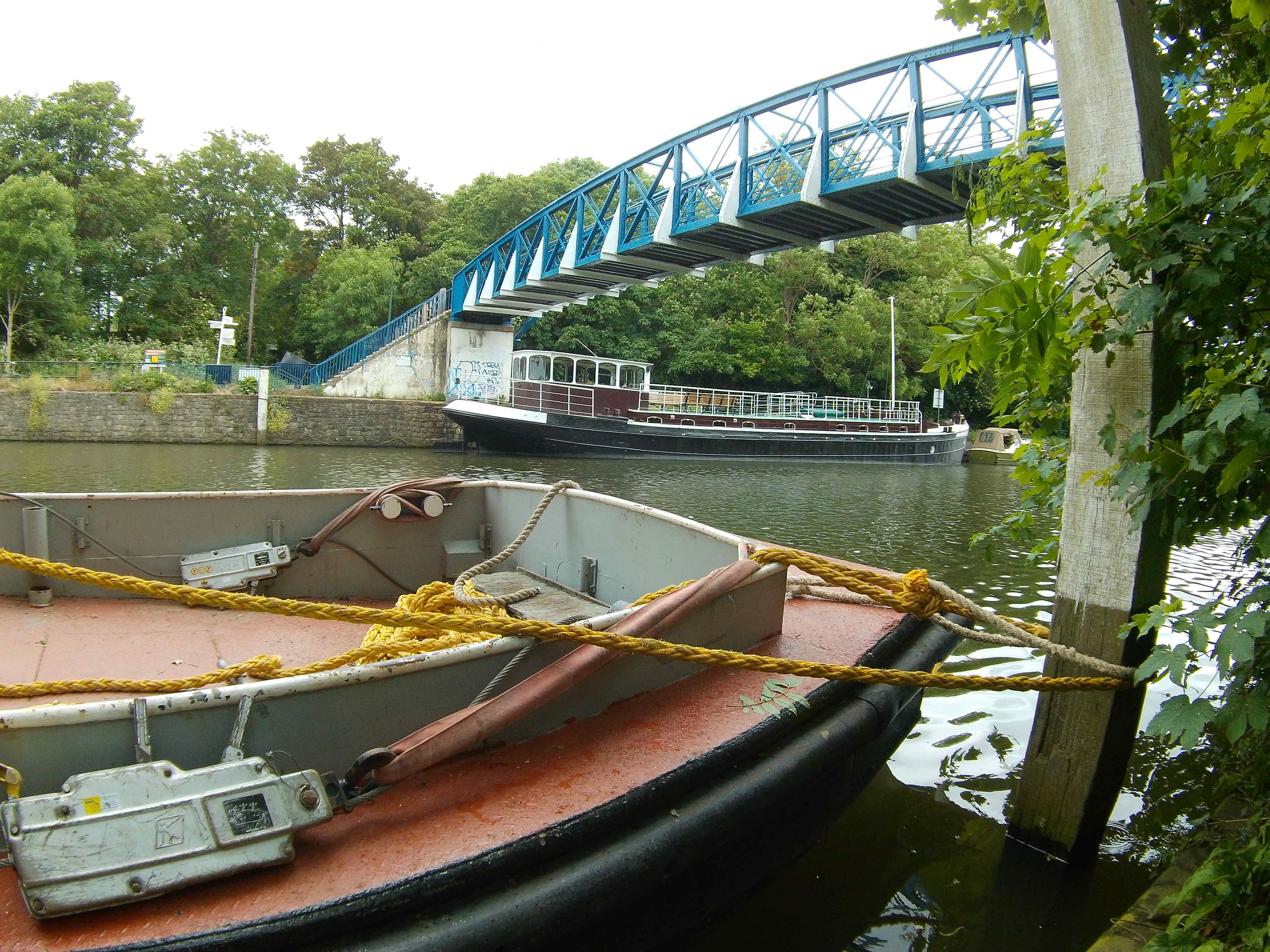
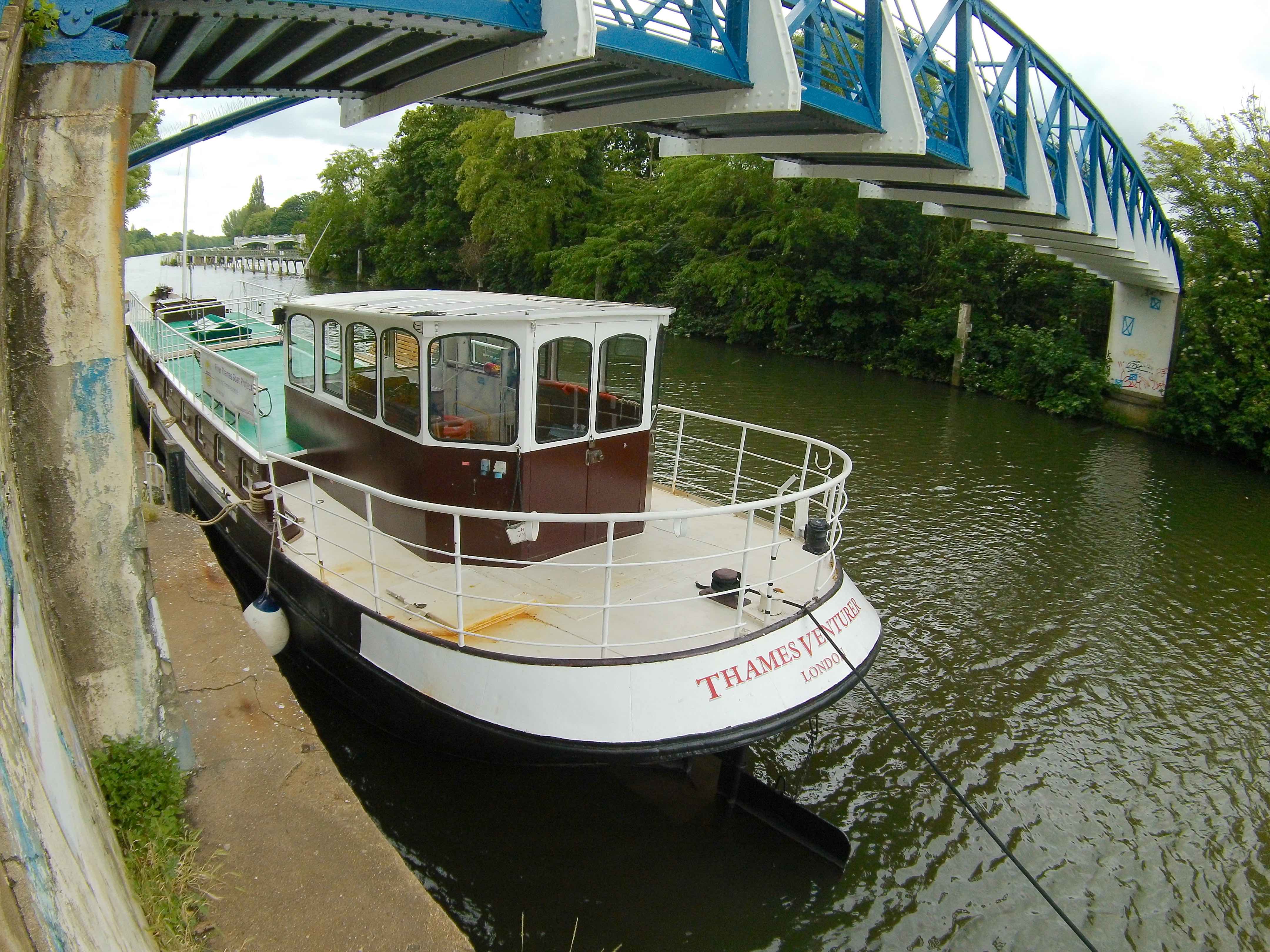

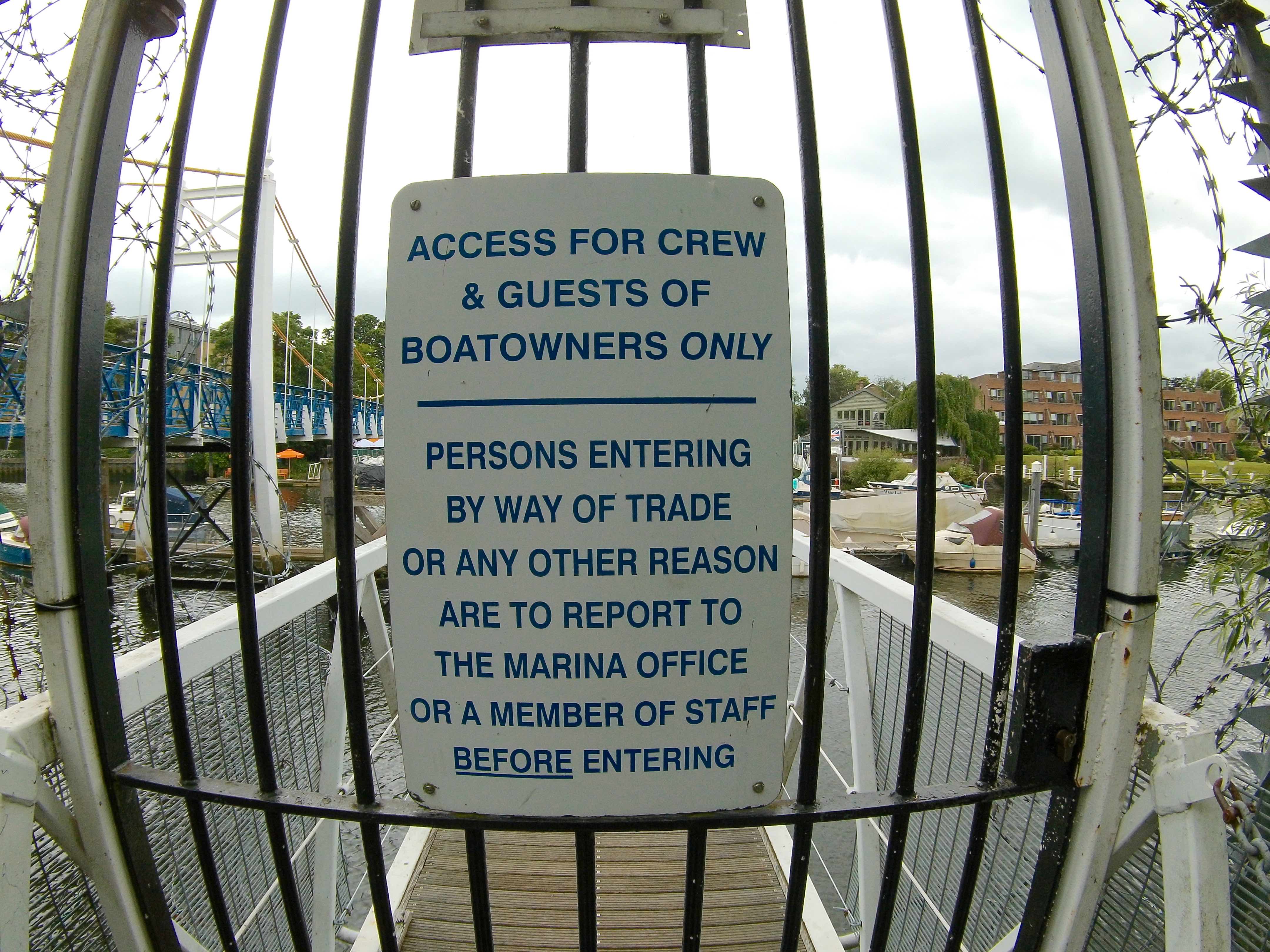
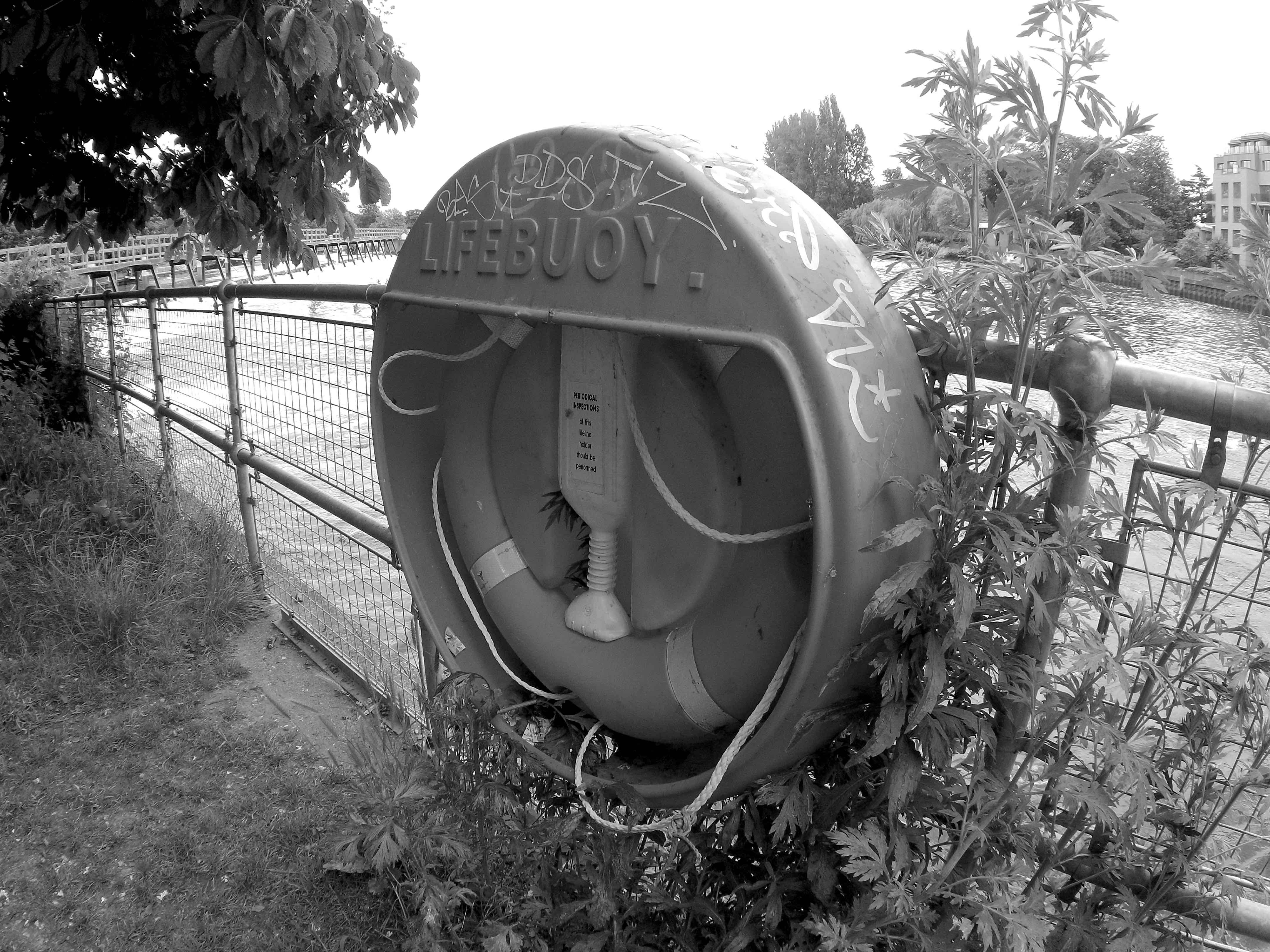

While the SeaLife ReefMaster RM-4K is a cute and compact solution for anyone seeking to go diving or snorkeling and capture stills and videos, we’d have preferred a clamp-like fastening mechanism as a belt-and-braces solution alongside the hand-turned plastic cog that screws the back into place, mainly as extra reassurance that the setup is going to stay watertight at all times.
Most toughened compacts that don’t require extra housing feature the two-step mechanism of a sliding latch and another that turns to make sure their rubber insulated battery/card compartments are doubly protected, and I’d like to have seen something similar here. While the back of the SeaLife’s housing can be screwed tightly shut, and the housing itself feels robust, there still remains room for possible user error.
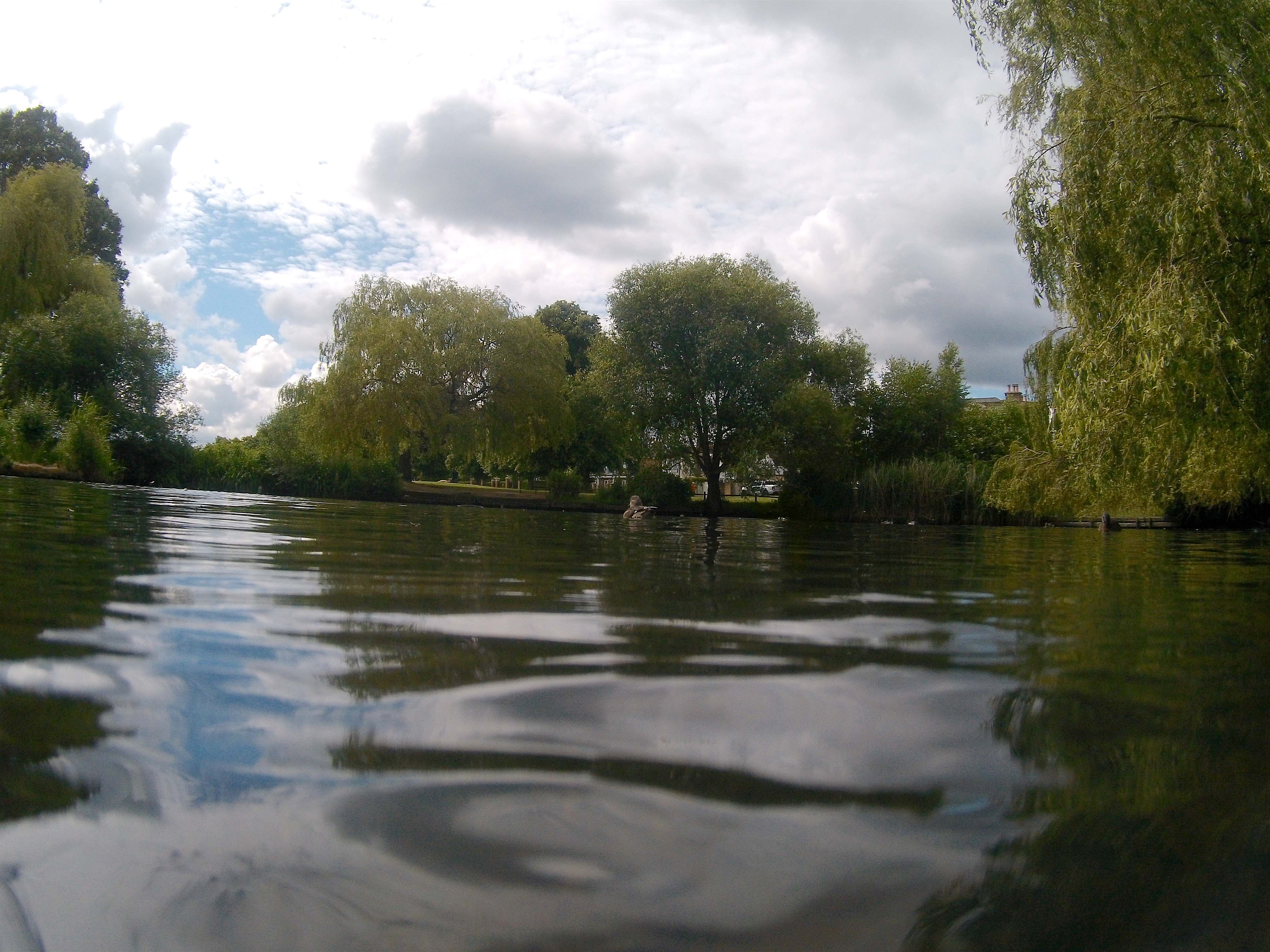
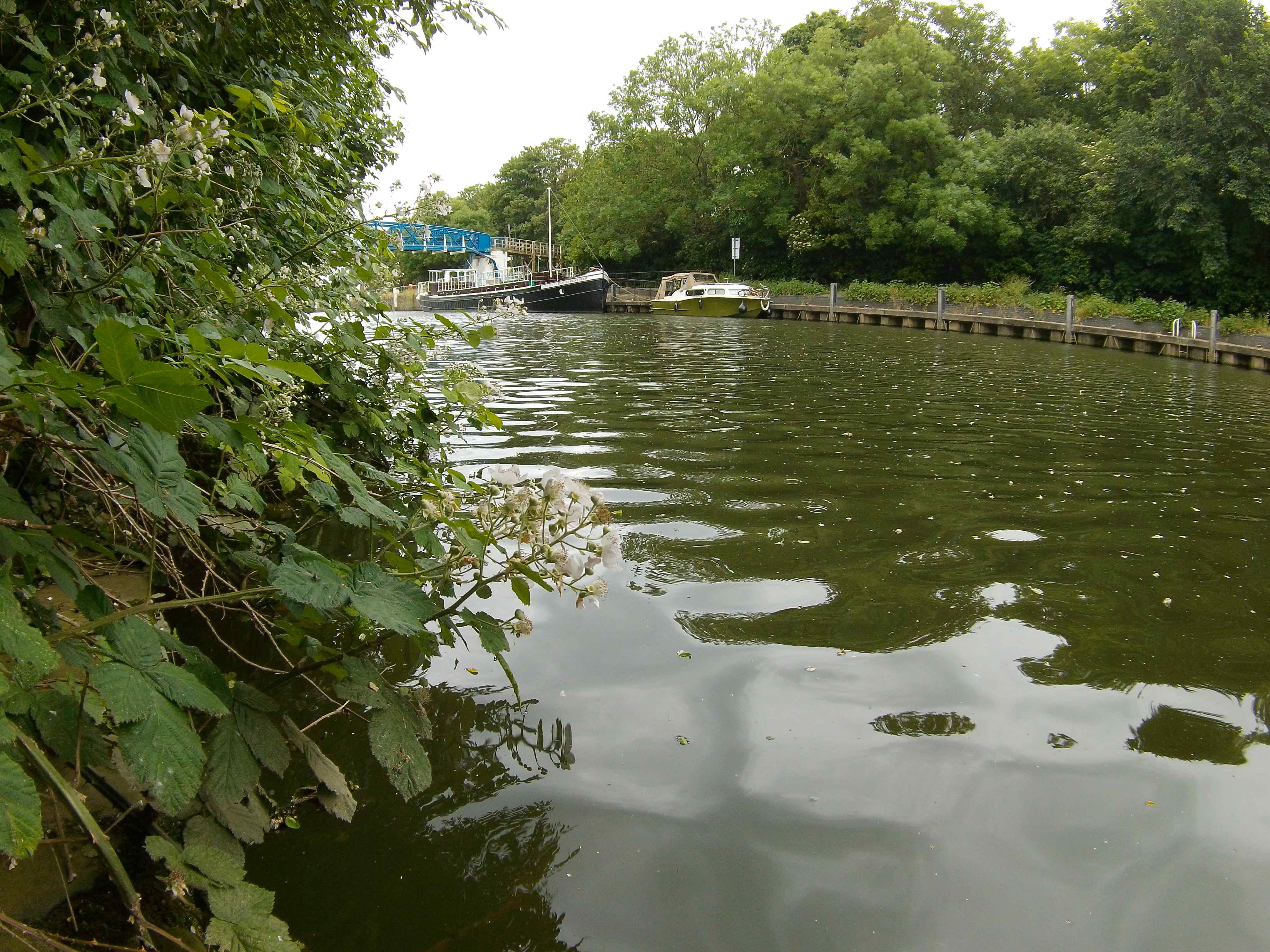

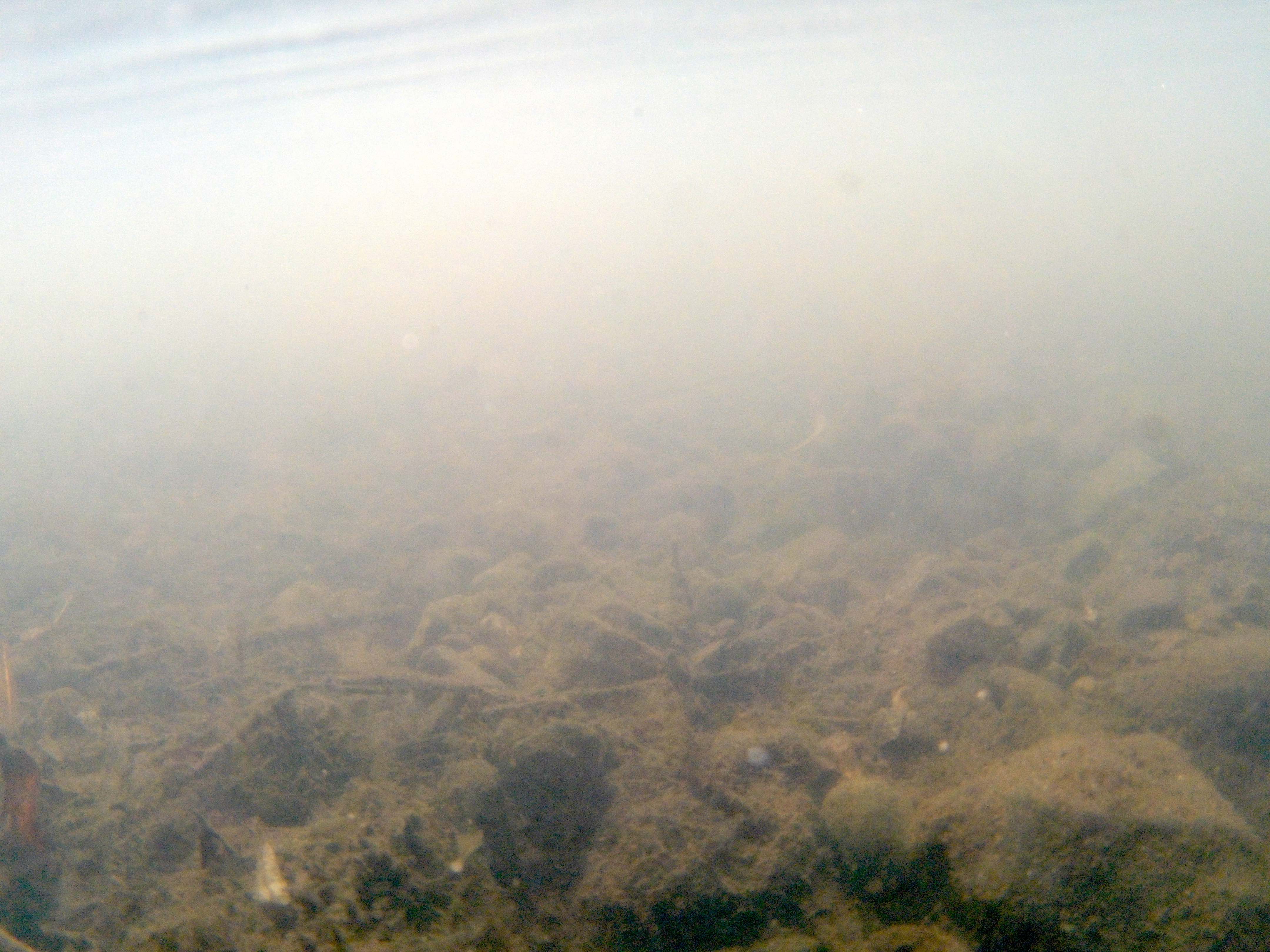

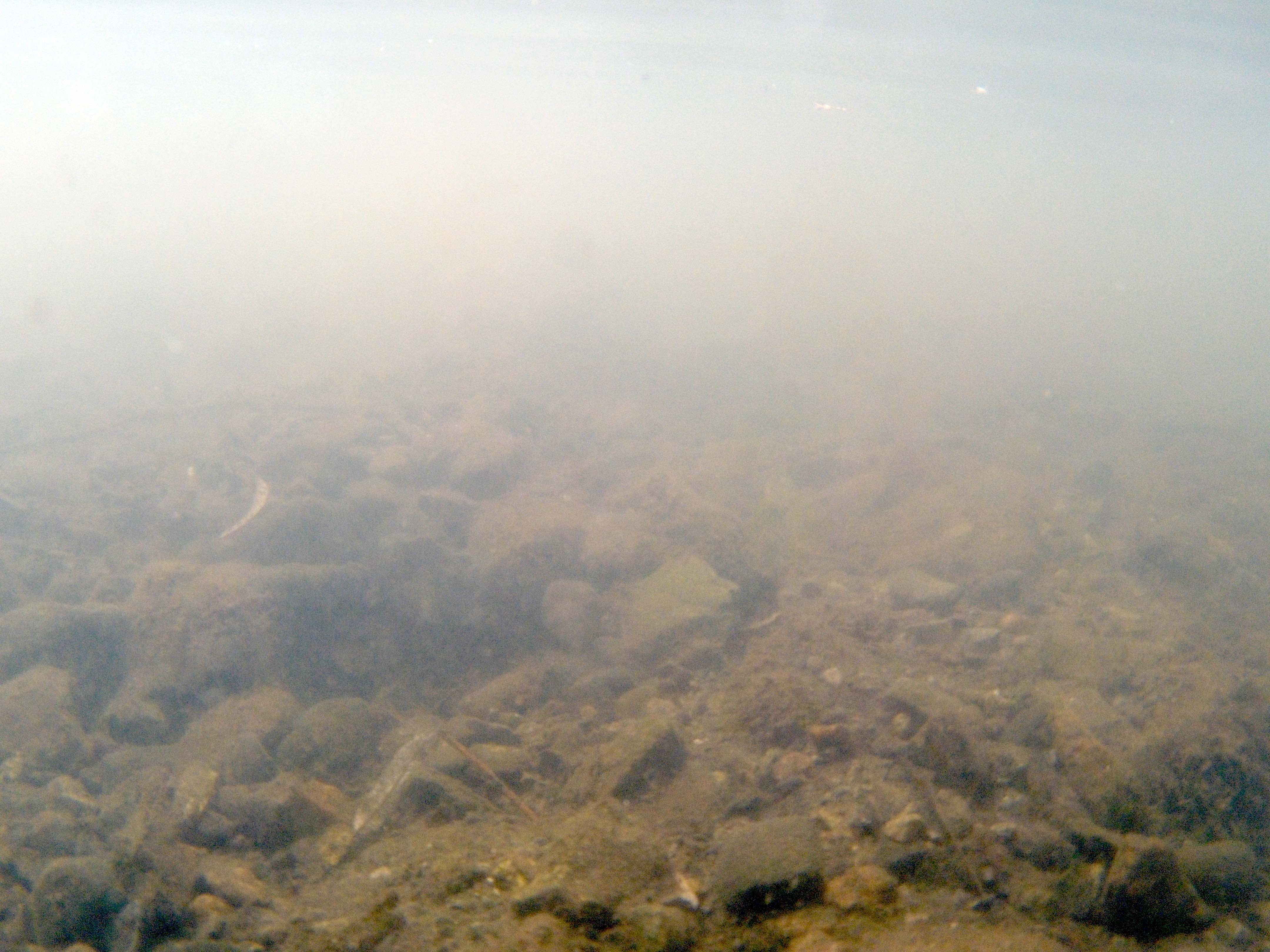
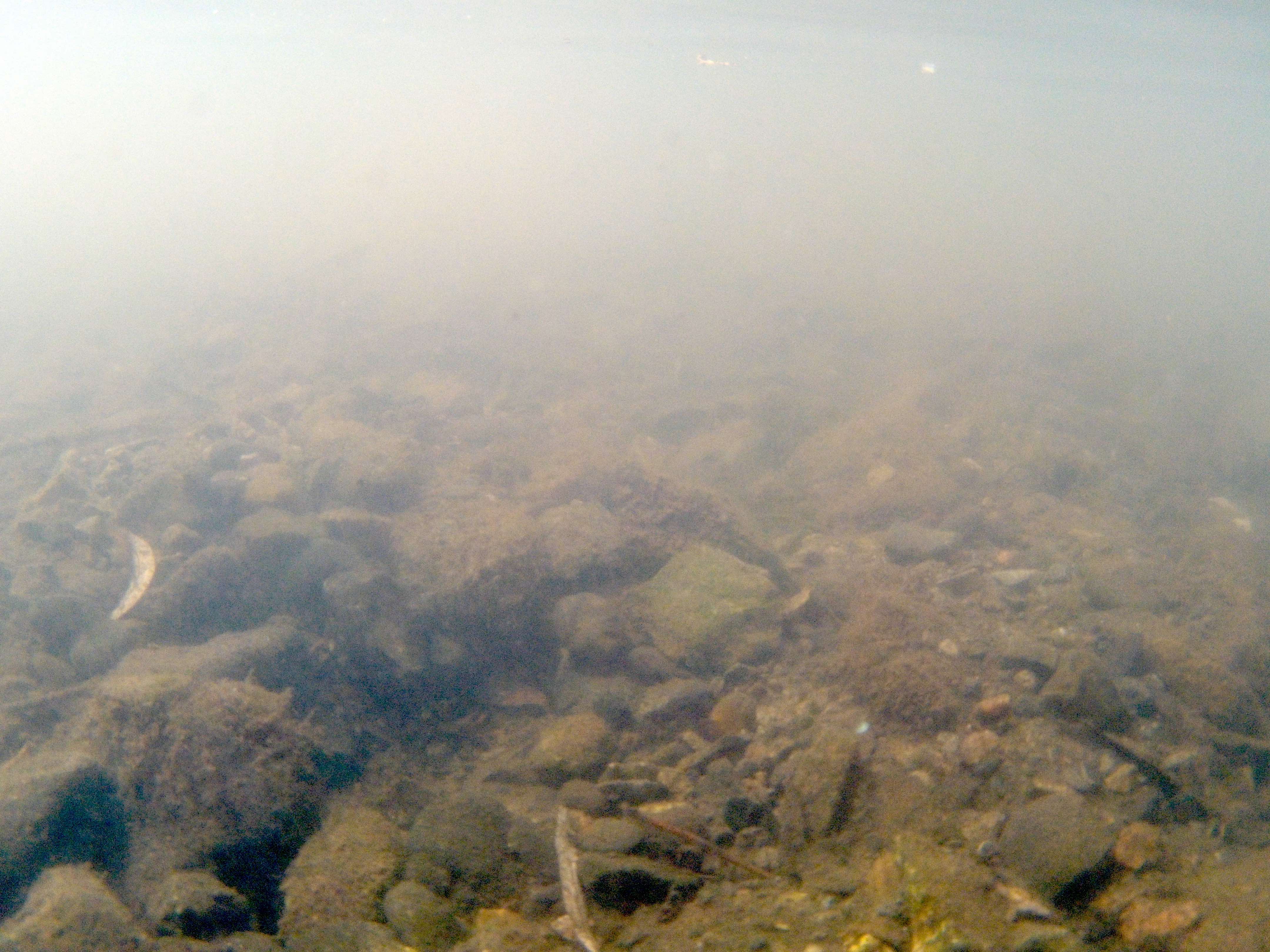
As for image quality, selecting the maximum 14MP setting delivers images approximately 5MB in size, which exhibit the familiar fisheye-like distortion that’s to be expected the closer you get to your subject. You can alter the field of view from the default 140 degrees to a narrower 100-degree setting that reduces distortion.
Image quality is generally okay, however, and of a snapshot-like standard, with whatever’s in the center of the frame appearing sharper than detail at the edges. This camera is all about capturing a moment rather than producing gallery-quality results, though, so griping about pixel fringing and the like feels like nitpicking here.
Should I buy the SeaLife ReefMaster RM-4K?
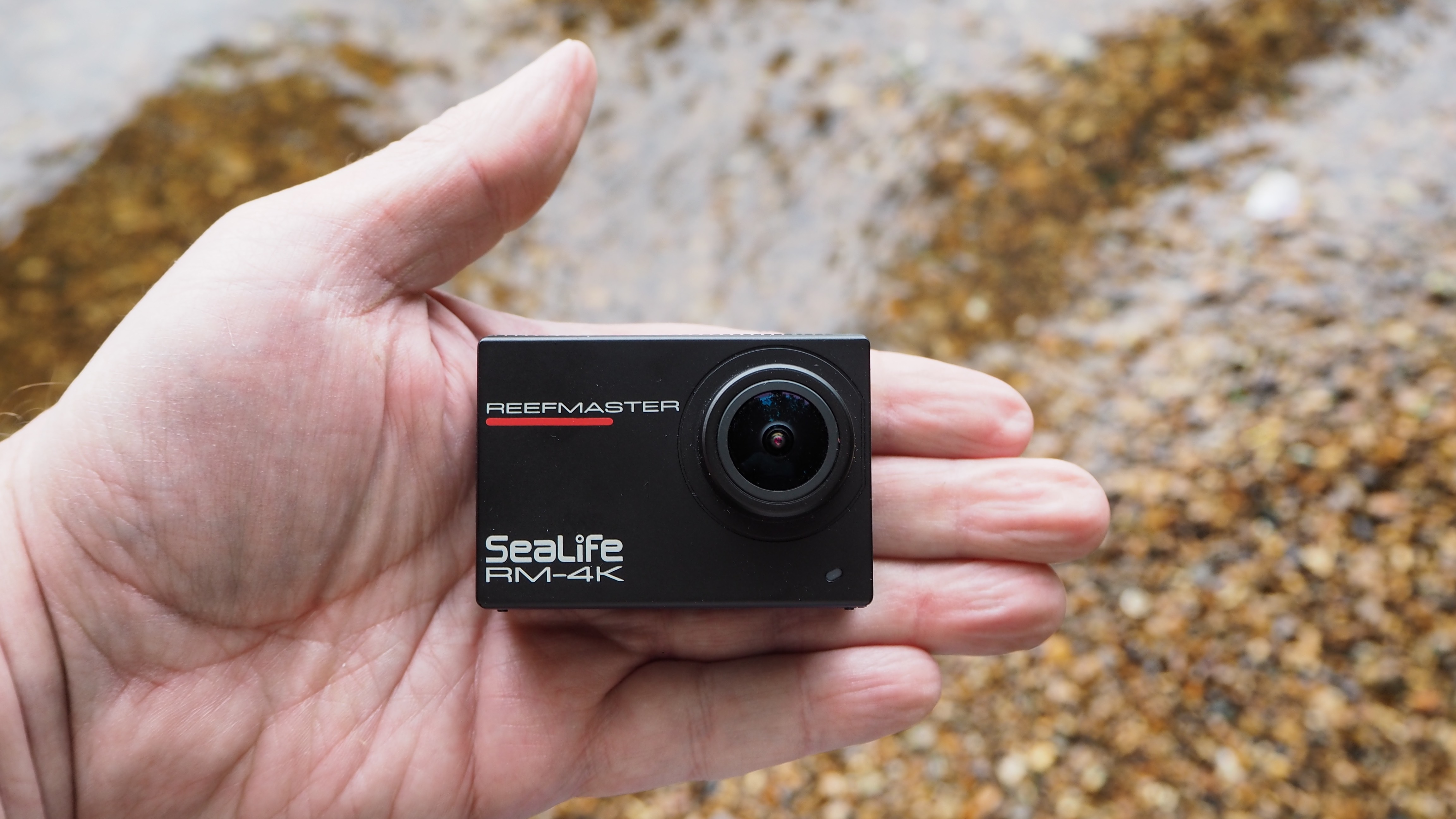
Buy it if...
Don't buy it if...
SeaLife ReefMaster RM-4K: also consider
How I tested the SeaLife ReefMaster RM-4K

As I was unable to scuba dive with the camera during my test period and don’t live near the sea, the camera was instead dunked in a river and the local pond, with the resulting images not offering much in the way of enlightenment, save for demonstrating the fact that the controls are large and obvious enough to operate even in poor visibility, or at the end of an extended arm. It also demonstrated that it’s best to configure shooting settings in advance, rather than in the moment.
I also delved into the camera’s shooting menu to adjust its field of view from the default 140 degrees of its fisheye lens to menu-selectable 156-degree and 100-degree settings, as well as trying out the exposure options, which range from the catch-all of auto to manually selectable dedicated settings for deeper water shooting and recording. I also kept a close eye on battery life – SeaLife claims that a fully charged battery is good for a generous 500 shots or around two hours of video, and over the course of a couple of days of use the battery icon on the rear screen had only dipped down by a third.
First reviewed June 2024







